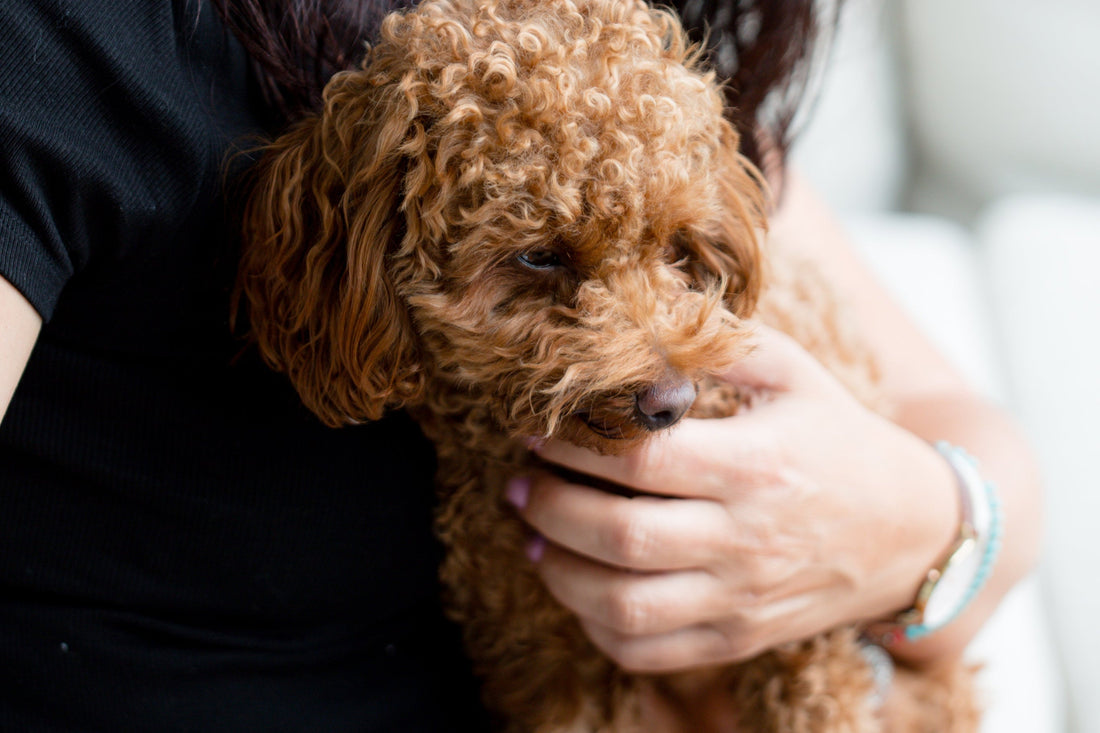Trump’s Approach to OSHA: What Every Veterinary Hospital Must Do

Share
Why Veterinary Hospitals Need to Pay Attention Now
Donald Trump’s return to the White House has already reshaped the Occupational Safety and Health Administration (OSHA). A regulatory pause has stalled several Biden‑era rules—most notably, the draft national heat‑stress standard—but it has not rolled back existing requirements. Meanwhile, veterinary practices remain on OSHA’s radar for sharps injuries, anesthetic‑gas exposure, and animal‑handling hazards that routinely trigger inspections and workers’‑comp claims. The current lull is a chance to strengthen safety programs before federal or state inspectors—and malpractice insurers—raise the stakes.
Common OSHA Hazards in Veterinary Hospitals
| Hazard | Why It Matters for Veterinary Hospitals |
|---|---|
| Sharps & Needlestick Injuries | Injections, blood draws, and suture usage expose staff to bloodborne pathogens. OSHA’s Bloodborne Pathogens Standard (29 CFR 1910.1030) requires an Exposure‑Control Plan, safer needle devices, and annual training. |
| Waste Anesthetic Gases (WAGs) | Isoflurane and sevoflurane can cause dizziness, headaches, and reproductive risks. Scavenging systems, leak testing, and air monitoring keep exposures under 2 ppm. |
| Animal Handling & Ergonomics | Lifting large dogs, restraining fractious cats, and handling horses create sprain/strain and bite/scratch risks. Written restraint protocols, proper PPE, and adjustable lift tables reduce injuries. |
| Hazardous Drugs & Chemotherapy | Handling cytotoxic agents for oncology requires employee signed hazard acknowledgement forms, closed‑system transfer devices, ventilated hoods, and medical surveillance per USP <800> and OSHA’s Hazard Communication Standard. |
| Chemical & Disinfectant Exposure | Glutaraldehyde, bleach, and quats trigger respiratory and skin irritation. Safety Data Sheets (SDSs) and ventilation are mandatory under 29 CFR 1910.1200. |
| Radiation (X‑ray & CT) | Without lead aprons, thyroid shields, dosimetry badges, and adherence to ALARA protocols, staff restraining animals during imaging may exceed radiation dose limits, in violation of state radiation control regulations. |
| Slips, Trips & Falls | Wet or soiled floors, cluttered treatment areas, and loose cords around anesthesia machines are leading causes of recordable injuries. |
What’s Changing Under Trump—and What Isn’t
- Regulatory Pause: Federal extreme‑heat and record‑keeping expansions are on hold, but Bloodborne Pathogens, Hazard Communication, and all existing health‑care NEPs remain fully enforceable.
- Leadership Turnover: Acting Assistant Secretary Amanda Wood Laihow favors voluntary compliance, yet OSHA’s Healthcare & Social Assistance National Emphasis Program continues targeting bloodborne and musculoskeletal hazards.
- Inspection Focus: Expect programmed inspections under the NEP on nursing and veterinary care settings, especially where injury rates exceed industry averages.
- State Action: State OSHA plans (e.g., California, Washington, Oregon) are finalizing their own WAG and workplace‑violence rules independent of federal freezes.
Bottom line: Political shifts don’t remove your duty to protect staff—or stop insurers from demanding robust safety documentation.
Five‑Step Action Plan for Veterinary‑Hospital Management
- Perform a Clinic‑Specific Hazard Assessment: Walk through every service area—surgery, ICU, kennels, radiology—and map tasks to OSHA standards using CST’s free veterinary safety checklist.
- Update Written Programs: Bloodborne Pathogens Exposure‑Control Plan*, Hazard Communication Program* (with SDS access), Waste Anesthetic Gas Management Plan, Radiation Safety Program, Personal Protective Equipment (PPE) Program, Ergonomics & Safe‑Lifting Guidelines, Workplace Violence Prevention. (*OSHA‑mandated*)
- Engineering Controls & Monitoring: Install active scavenging for every anesthesia machine, use closed‑system transfer devices for chemo, conduct semi‑annual WAG air monitoring and badge reviews.
- Train, Drill & Document: Provide annual training on sharps safety, hazard communication, radiation, and animal handling. Retain OSHA logs for 5 years, exposure data for 30 years.
- Engage Compliance Experts: Leverage OSHA’s On‑Site Consultation or partner with Certified Safety Training for assessments and inspection‑ready records.
Quick‑Reference Checklist
- Exposure‑Control Plan updated; safer‑needle devices in use.
- Active scavenging systems leak‑tested daily; WAG below 2 ppm.
- Lead aprons, gloves, thyroid shields inspected and logged quarterly.
- SDSs accessible on every computer/tablet.
- Ergonomic lift tables and team‑lift protocols in place.
- Annual sharps, radiation, and hazard‑communication training completed.
- OSHA 300 logs current; retained at least 5 years.
Looking Ahead
OSHA’s maximum willful penalty tops $170,000 per citation in 2025. Veterinary hospitals that invest now in engineering controls, written programs, and staff training will protect employees, reduce liability, and reassure pet owners that their beloved companions—and the team that cares for them—are in safe hands.
Need help? Contact Certified Safety Training for a complimentary veterinary‑hospital safety assessment and OSHA compliance roadmap.
References
- OSHA. Bloodborne Pathogens Standard, 29 CFR 1910.1030.
- OSHA. Respirable Anesthetic Gases: Safety and Health Topics.
- NIOSH. Preventing Needle‑Stick Injuries in Veterinary Settings, 2024.
- USP <800>. Hazardous Drugs—Handling in Healthcare Settings, 2019.
- OSHA QuickTakes Newsletter, April 2, 2025 – Appointment of Amanda Wood Laihow.
